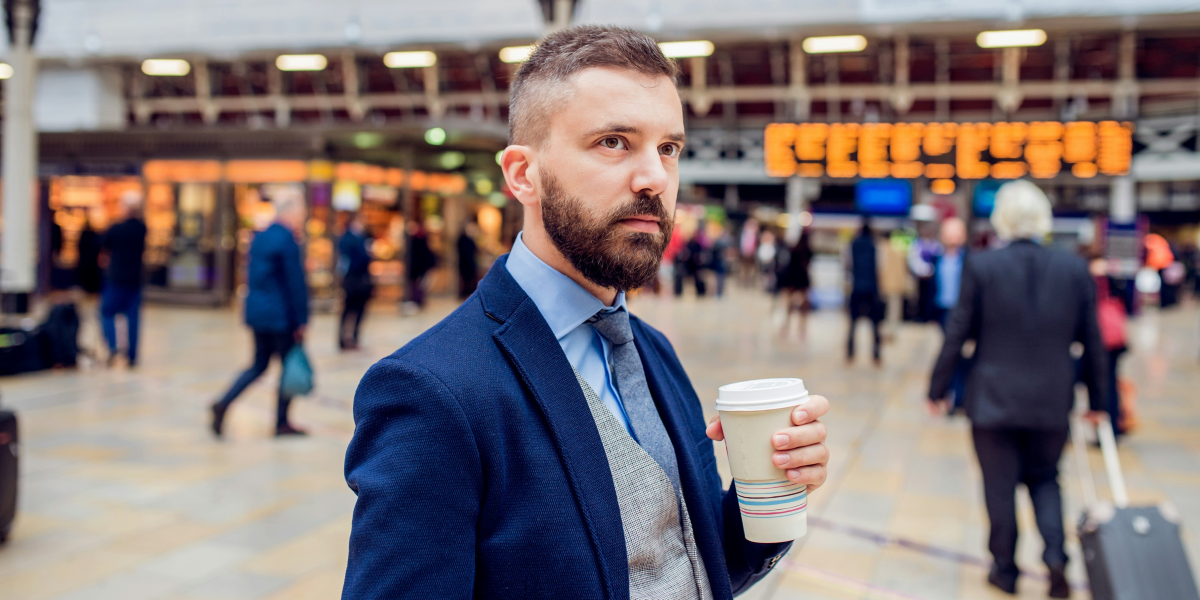Many travelers have stood in long security lines, clutching a cup of lukewarm coffee, wondering why they had to arrive so early. The empty terminals or endless queues suggest it’s all unnecessary. However, those early arrival times are not some elaborate scheme to inconvenience passengers—they play a crucial role in ensuring smooth travel. There’s a method behind the madness, and it’s designed to help everyone get to their destination on time and stress-free.
The Buffer Zone: Why Extra Time Matters
Airlines operate on tight schedules, where every step—check-in, security, boarding—needs to fall into place perfectly. But things don’t always go according to plan. Traffic delays, security bottlenecks, or even lost passports can throw a wrench in the works. That’s where early arrival times come into play.
Think of early arrival as a safety net. This extra time cushions the impact of delays or hiccups and keeps the flight’s schedule on track. Without that buffer, even a tiny delay could create a chain reaction, causing chaos and potentially making passengers miss their connections.
For instance, a two-hour connection could be easily achievable, but a 45-minute weather delay on an inbound flight might make that buffer disappear instantly. The earlier one arrives at the airport, the more flexibility there is to handle unexpected issues. The FAA supports this approach, noting that “on-time arrival rates for domestic flights are directly correlated with the amount of buffer time built into the schedule.” The need for this buffer grows even more critical for international flights due to customs, immigration checks, and language barriers.
The Pre-Flight Jigsaw: Keeping Everything in Order
Airports are busy places, and every aspect of the process—check-in, security, boarding—requires coordination. If everyone arrived just before their flight, the system would collapse under the weight of the crowd.
Imagine the chaos if hundreds of people arrived at security simultaneously. The lines would be endless, check-in counters would be packed, and boarding would turn into a mad rush. Early arrival times spread out the crowds, reducing bottlenecks and ensuring every passenger has enough time to move through each process step without feeling rushed or stressed.
Security is a prime example. The Transportation Security Administration (TSA) operates under specific protocols, but the number of screening lanes and staff fluctuates depending on passenger volume. By encouraging early arrivals, the TSA can manage traffic more efficiently, reducing wait times and preventing delays, especially during peak travel.
The Airport Maze: How Size Affects Travel Time
The size and layout of an airport can significantly impact how long it takes to get to the gate. Large airports can feel like vast, sprawling cities with endless terminals and long corridors. Even if you’ve been to the airport before, navigating a busy terminal can be a challenge, especially when you factor in potential delays at baggage claim or long lines at restaurants.
Arriving early gives travelers more time to navigate these sprawling spaces, factor in possible detours, or grab a quick bite without the stress. The more time at hand, the better the chances of staying calm and collected while maneuvering through the maze.
Being Prepared: How Travelers Can Take Control
While airlines set the arrival times, it’s ultimately up to passengers to ensure a smooth experience by planning. Here are some helpful tips to stay ahead of the curve:
Know Your Airport: Larger airports often have more complex layouts. Familiarize yourself with the terminal map online ahead of time so you don’t waste precious minutes figuring out where to go.
Double-Check Arrival Guidelines: Airlines may offer different recommendations based on airport size, your destination, and whether you fly domestically or internationally. Always confirm your specific airline’s early arrival advice.
Allow for Possible Delays: Traffic, public transportation, and rideshare services can be unpredictable—factor in extra time to account for potential delays during your journey to the airport.
Check-in Online: Mobile check-in and boarding passes can save valuable time, allowing passengers to skip check-in lines and go directly to security.
Travel Light: Carry-on luggage speeds up the process significantly. The less you have to check, the less time you’ll spend at the counter or waiting for your bags at your destination.
Arriving early and prepared can help travelers invest in a smoother, less stressful experience. Rather than rushing through the airport, they’ll have time to relax, grab a coffee, or enjoy some downtime before their flight. The extra time is not just a buffer against delays—it’s a chance to start the trip off right.
Wrapping Up: The Bigger Picture
The next time travelers are sipping that half-empty coffee in an airport terminal, they should remember that the early arrival guidelines are part of a bigger plan. It’s not about inconvenience; it’s about making sure flights depart on time, ensuring smooth transitions through security, and reducing the chance of chaos in the terminal.
Extra time at the airport might seem like a hassle, but it’s an investment in a stress-free travel experience. With the proper preparation and patience, travelers can turn their airport time into a calm and organized start to their journey.
Published by: Khy Talara














